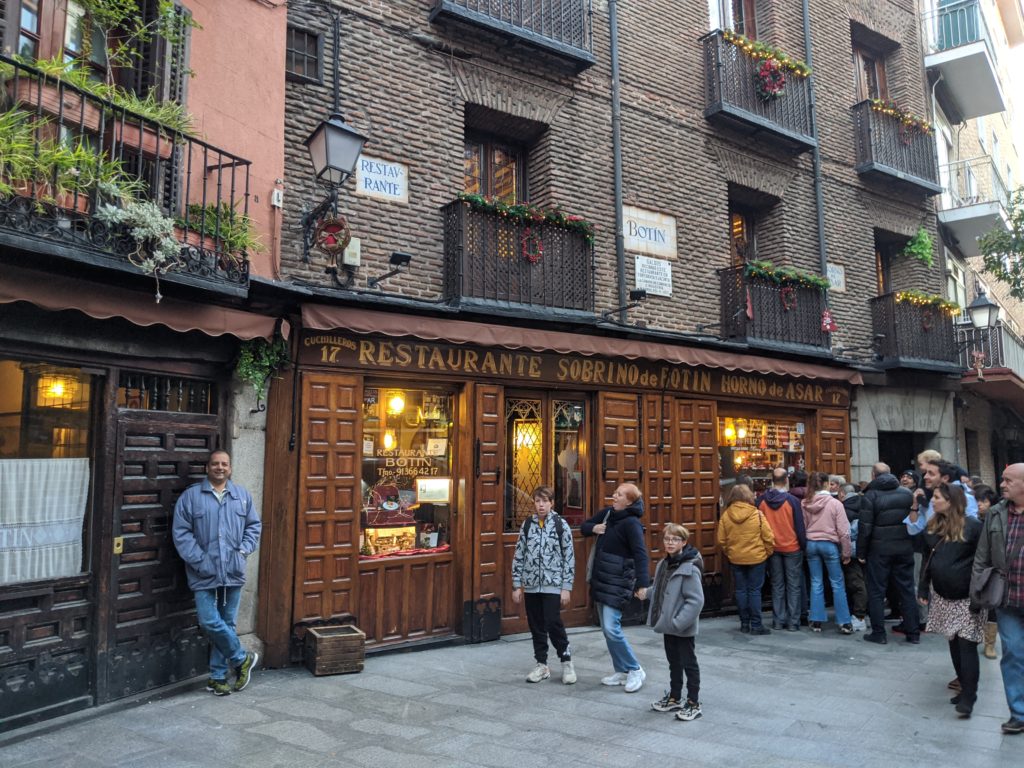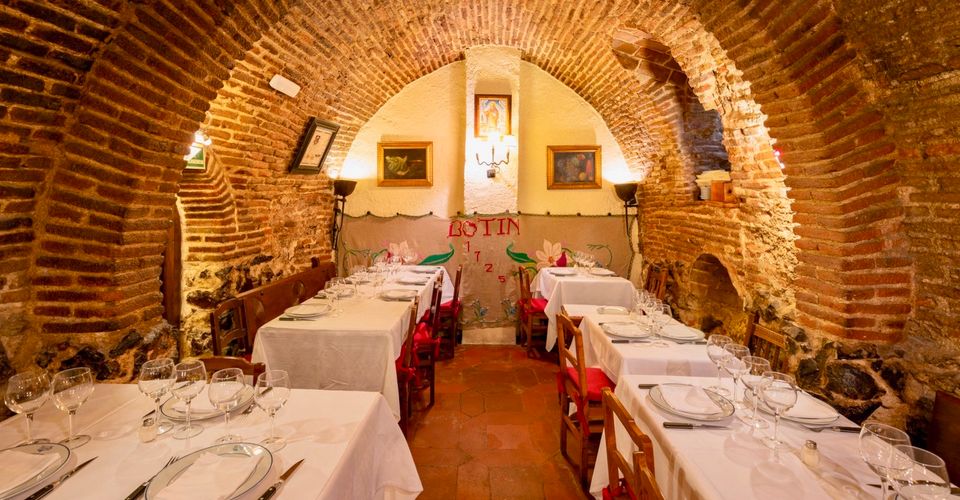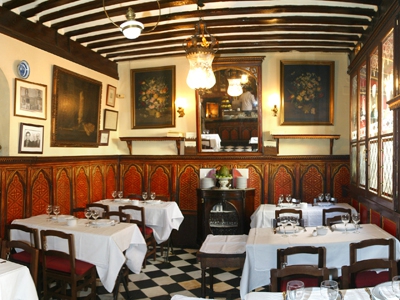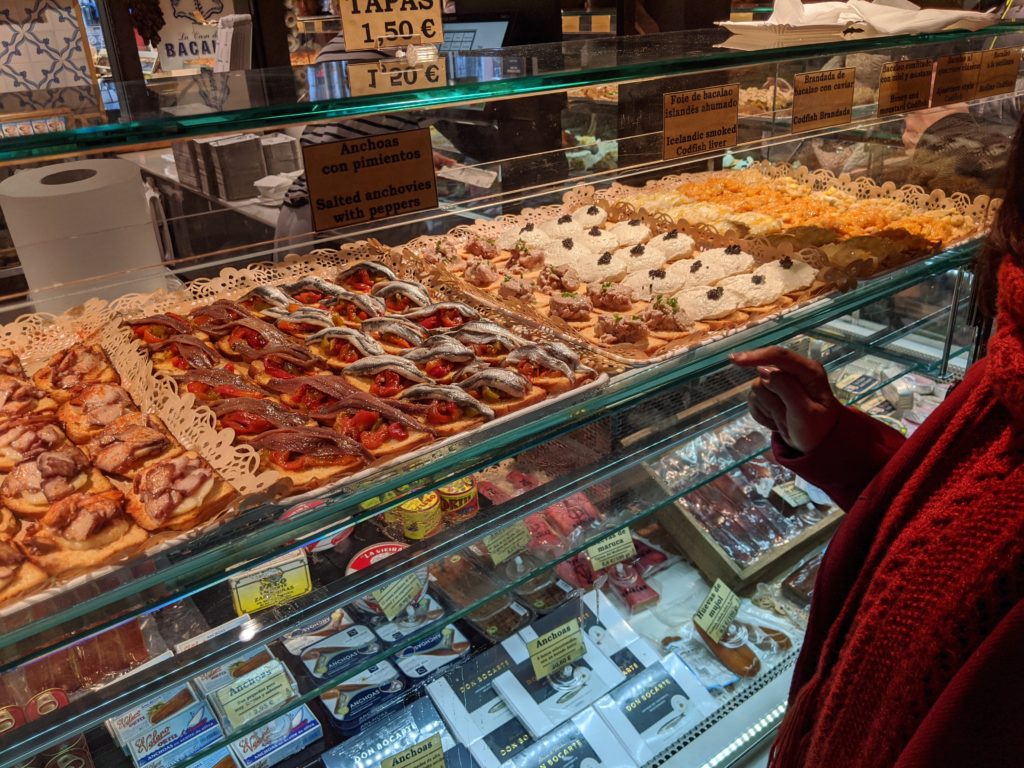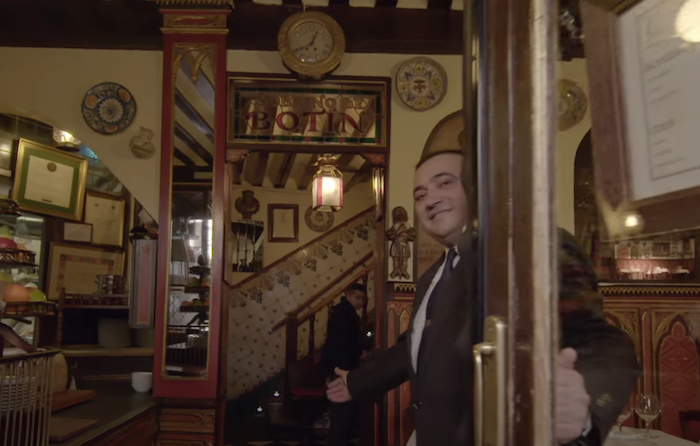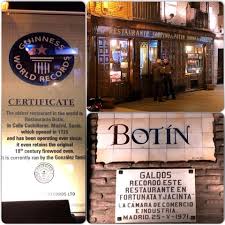
There are a few guidelines for both the hotel industry and tourists to pivot towards, that would make tourism more resilient as well as climate friendlier. Encouraging destinations that are closer to the traveler, making stays longer and keeping profits local, are some ways to move away from the focus on volume and energy-intense products:
- Increase the length of stay or the length of days in packages sold.
- Focus on closer markets, long-haul travelers are the ones contributing to vast emissions of greenhouse gases.
- Rethink the food that you serve, organic and regional can benefit farmers nearby.
- Move towards a high-value model, where individuals spend more.
- Think about what you buy: a lot of the profit is made by foreign-owned, global platforms such as AirBnB and booking.com.
- Rethink carbon-intense travel, for example cruise holidays.




 My first interaction with Deepak Parab, the CEO of Metrohm India Private Limited (a leading company in Analytical Instruments and Solutions) happened around two years ago when he called me from his Chennai HQ and said that he would like me to conduct a ‘Managerial Effectiveness’ program for his pan-India team of service managers. “Rajan, I shall ask my National Service Manager, Vinod Salunkhe to get in touch with you to discuss the further modalities.” The call hardly lasted five minutes; a client taking a quick decision in finalizing a 2-day training program was a rarity in my training career of 25 years. I could not help recollecting a MNC client who took approximately six months with more than a dozen meetings to finalize a 1-hour keynote address. (See my earlier blog titled ‘A Tale of Two Key Note Addresses’ –
My first interaction with Deepak Parab, the CEO of Metrohm India Private Limited (a leading company in Analytical Instruments and Solutions) happened around two years ago when he called me from his Chennai HQ and said that he would like me to conduct a ‘Managerial Effectiveness’ program for his pan-India team of service managers. “Rajan, I shall ask my National Service Manager, Vinod Salunkhe to get in touch with you to discuss the further modalities.” The call hardly lasted five minutes; a client taking a quick decision in finalizing a 2-day training program was a rarity in my training career of 25 years. I could not help recollecting a MNC client who took approximately six months with more than a dozen meetings to finalize a 1-hour keynote address. (See my earlier blog titled ‘A Tale of Two Key Note Addresses’ – 